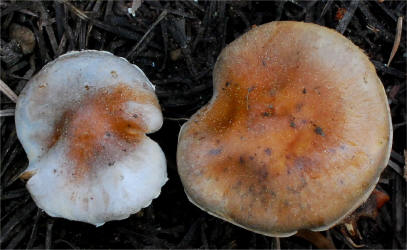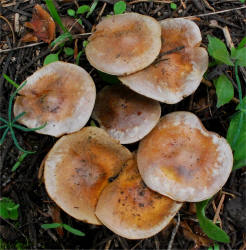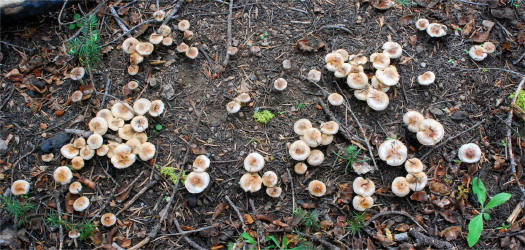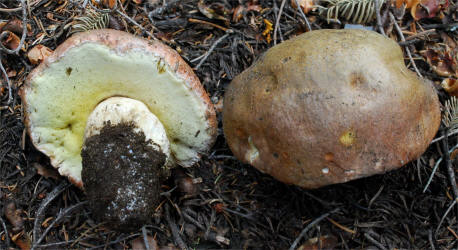 Boletus rex-veris "Spring King" |
 Caloscypha fulgens |
 Coltricia perennis |
 Cortinarius subalpinus |
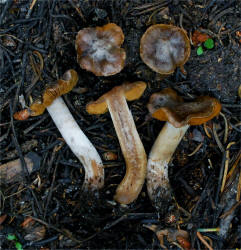


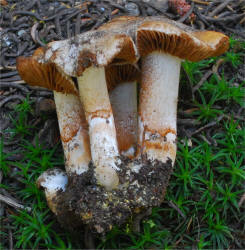
Cortinarius sp. Common snowbank species. Unnamed for now. I am investigating these very carefully.
 Discina perlata one of the "Pig Ears" mushrooms |
 Rare snowbank Entoloma sp. |
 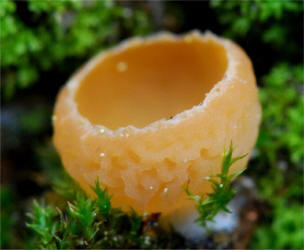 Geopyxis vulcanalis |
 Someone tell me -- can't find it in the Guide |
  Gastropila subcretacea known until 5 minutes ago as Handkea subcretacea... |
 Could be the same or C. subsculpta |


Hygrophorus caeruleus
  Hygrophorus purpurascens |
 Snow stream |

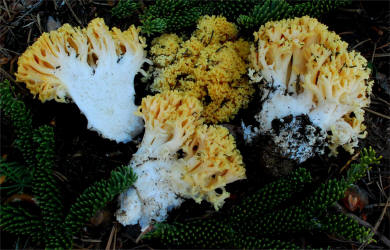

Ramaria rubricarnata var. verna --- note the salmon colored branch context. Common Sierran species, rarely identified at forays.
   Nolanea holoconiota -- there is one super-abundant Nolanea near snowbanks. Everyone should know it. Seen all kinds of crazy names put on it. |
 Red Fir |



Fomitopsis pinicola -- very variable, but ultra-common species. For those with a habitual disorder of chewing Polypores -- be warned, it is very bitter after about 5 minutes of chewing on it... Tends to sweat profusely (the conk).
 Probably Pyrenogaster atrogleba (=Schenella simplex) per Mike Wood |
 First find. Need to analyze. White spored. |
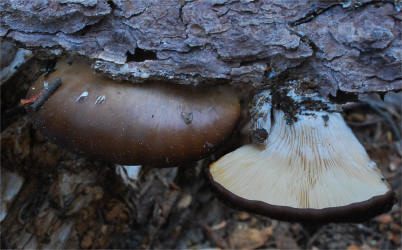

Hohenbuehelia petaloides -- a boring Oyster with interesting microstructures (cystidia).
 Inocybe lacera |
  Inocybe sp. |



Inocybe sp.



The many faces of Hebeloma mesophaeum -- this is instructive on why we need to render the iconography of species fully in order to capture maximum of the variability. Also, being very familiar with a species is important before judging images. Otherwise they could all be treated as different things when taken in isolation. No words can express what can be conveyed in images. Images are not sufficient for a good description, but no description is good without them. Unfortunately mycologists tend to neglect that area quite often and rely in Lab work, which is not sufficient.
